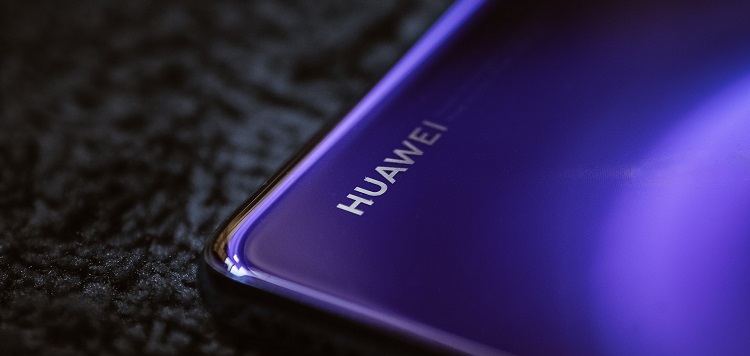The mobile phone industry is always buzzing with new smartphone releases, and Huawei has joined the conversation with its latest offering, the Nova 11 series. The series includes three different models: the vanilla Nova 11, the Nova 11 Pro, and the Nova 11 Ultra. Each model offers advanced features and functionality that make it stand out from other smartphones on the market.
Chipset and Signature Green Paint Job
All three of Huawei’s Nova 11 series models share a signature green paint job, giving them an instantly recognizable look. They’re all powered by Qualcomm’s Snapdragon 778G chipset, which offers high-performance capabilities without excessive battery drain. The chipset makes these phones ideal for gamers, streamers, and anyone who needs a powerful device to handle their daily mobile usage.
Display features of the Pro and Ultra models
The Nova 8 Pro and Nova 8 Ultra both have a 6.78-inch 10-bit AMOLED display with a 120Hz refresh rate and a 300Hz touch sampling rate for smooth scrolling and interaction. These displays support HDR10 content and have high color accuracy, making them great for watching movies or playing games. The Pro and Ultra models also have an in-display fingerprint sensor.
Unique feature of the Ultra: Two-way satellite messaging through Beidou constellation
The Nova 11 Ultra has a unique feature that sets it apart from other smartphones on the market. It supports two-way satellite messaging through the Beidou constellation, which is a navigational system similar to GPS but run by China. Users can send text messages and make calls even when they’re outside of traditional cellular service range, making the Ultra ideal for outdoor users and those who travel off the beaten path.
Front camera setup for Pro and Ultra models
The front camera setup for the Nova 11 Pro and Ultra includes a 60MP wide camera and an 8MP camera with 2x optical zoom. These cameras allow users to take high-quality photos and videos in a variety of lighting conditions. The Ultra model also has a ToF (time-of-flight) sensor, which is used for depth sensing and provides improved photo and video quality.
Battery and charging specifications for Pro and Ultra models, as well as operating system
Both the Nova 11 Pro and Nova 11 Ultra have a 4,500mAh battery that supports 100W charging. This fast charging technology lets users recharge their devices quickly and get back to what they were doing. Additionally, both models run on Huawei’s HarmonyOS 3.0, which offers a smooth and intuitive user experience.
Display specifications for the Nova 11 model
The Nova 11 model comes with a larger 6.7-inch diagonal screen and a 10-bit AMOLED panel with a 120Hz refresh rate. This phone also supports HDR10 content and has excellent color accuracy for vivid imagery.
Rear and front camera setups for the Nova 11
The rear camera setup for the Nova 11 includes a 50MP camera and an 8MP camera, providing flexibility in different shooting situations. At the front, the phone comes with a 60MP 100-degree FoV shooter that supports 4K video recording. These cameras make the Nova 11 an excellent choice for anyone who loves taking photos and videos on their phone.
Battery and charging specifications
The Nova 11 has a 4,500mAh battery with 66W charging, giving users the convenience of fast charging with a little less power than the Pro and Ultra models. The battery lasts all day, even during heavy usage or extended periods without charging.
Availability: Pre-orders and first sale in China on April 26
The Nova 11 series is now available for pre-order in China, with the first sale scheduled for April 26. While Huawei hasn’t announced plans to release the Nova 11 series in other countries yet, it’s possible that the company will bring these devices to other markets if they prove successful in China.
In summary, the Huawei Nova 11 series offers advanced features and technology that set it apart from other smartphones on the market. With fast charging technology, impressive cameras, and unique features like two-way satellite messaging, the nova 11 series is a worthy contender in the mobile phone industry.

